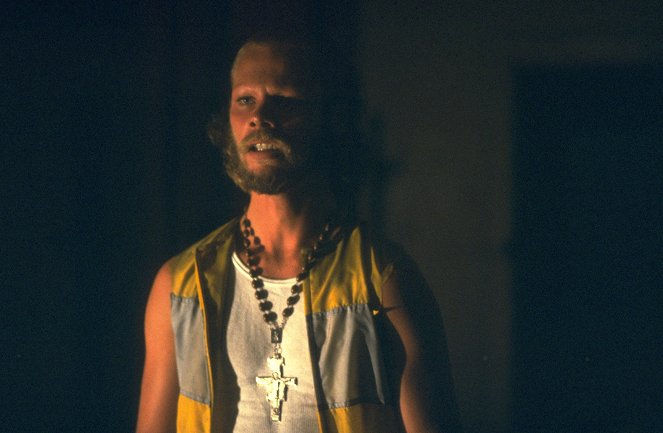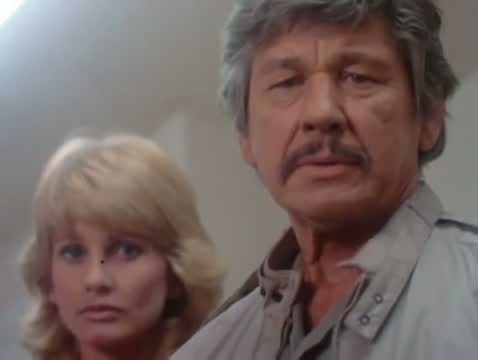Directed by:
Michael WinnerScreenplay:
David EngelbachComposer:
Jimmy PageCast:
Charles Bronson, Jill Ireland, Vincent Gardenia, J.D. Cannon, Anthony Franciosa, Ben Frank, Robert F. Lyons, Silvana Gallardo, Laurence Fishburne (more)VOD (3)
Plots(1)
Paul Kersey (Charles Bronson) is trying to pick up the pieces of his life in Los Angeles, California. His architectural business is successful, he has a new girlfriend and although his daughter hasn't recovered from the trauma of her assault, she's slowly becoming happier and learning to speak again. But peace is not destined to last and Kersey soon finds himself the victim of a petty crime when some street punks swipe his wallet, but this is only a light premonition of things to come. Not satisfied with the wallets contents, decides to escalate their crime to a home invasion. They break into Kersey's home and when he tries to retaliate Kersey is viciously beaten and his maid is kicked to death. The punks kidnap his daughter (Robin Sherwood) and bring her to their hideout where they rape her, thereby causing her to commit suicide. Now Kersey has lost all faith in the justice system and offers no co-operation with local law enforcement. He has plans of his own for each of the thugs that assaulted his family... plans that include their premature deaths. (Final Cut Entertainment)
(more)Videos (1)
Reviews (2)
It's a shame that the link to the end of the first film is pretty weak, and the characters are treated a bit too harshly, but I have to admit that I liked Charles Bronson as the vigilante a bit more this time than in the first film. It's also nice that it retained its explicitness, even though it basically follows one template.
()
Made eight years after the first Death Wish, the sequel is an even more feverish and radical display of fascist exploitation legitimising frontier justice. This time Bronson’s vigilante is in Los Angeles, which in the eyes of the filmmakers is no less a hotbed of crime than New York, which served as the setting of the first film. The protagonist’s quiet life with his new girlfriend is cut short when a gang of appropriately and obtrusively demonised goons find him. Unlike the first film, this time the screenplay does not problematise the matter of taking justice into one’s own hands; on the contrary, it populates the narrative almost exclusively with characters, including those from the ranks of the police, who agree with the protagonist’s biblical retribution and assist him, or at least say that the official legal system doesn’t work. The only character who disagrees with the elimination of the savage, racially profiled hooligans is the protagonist’s new girlfriend, who is thus portrayed as an irrational bleeding-heart liberal who fails in her traditional role as a pillar of support for the hero. It can be assumed that the sequel was made primarily as a desired contribution to the portfolio of the head of Cannon Films, Menahem Golan. Death Wish II is the first of a full range of sequels of older films by other companies that Cannon Films made, and it also fits precisely into the trend of dusting off old hits and hiring old acting stars that Golan, as a movie fan, used to admire at the cinema. On the other hand, the film’s hardline conservative tone and radical approach to rampant crime clearly tapped into the mood of the day. Let’s recall that major American cities at the time were struggling with rising crime, intensified by a flood of cheaper drugs, such as crack cocaine. Today, however, we know that it was not so much the radical zero-tolerance programmes as the much broader collaboration between social and police programmes that contributed to the fall in crime rates in the late 1980s and early 1990s. Nevertheless, the exploitation of the mood at the time made Death Wish II one of Cannon Films’ biggest hits, leading to three more sequels and making Charles Bronson both an action star and an iconic defender of conservative American values on the home front (as opposed to Chuck Norris, who defended those values on overseas missions).
()
Gallery (83)
Photo © Metro-Goldwyn-Mayer



Ads